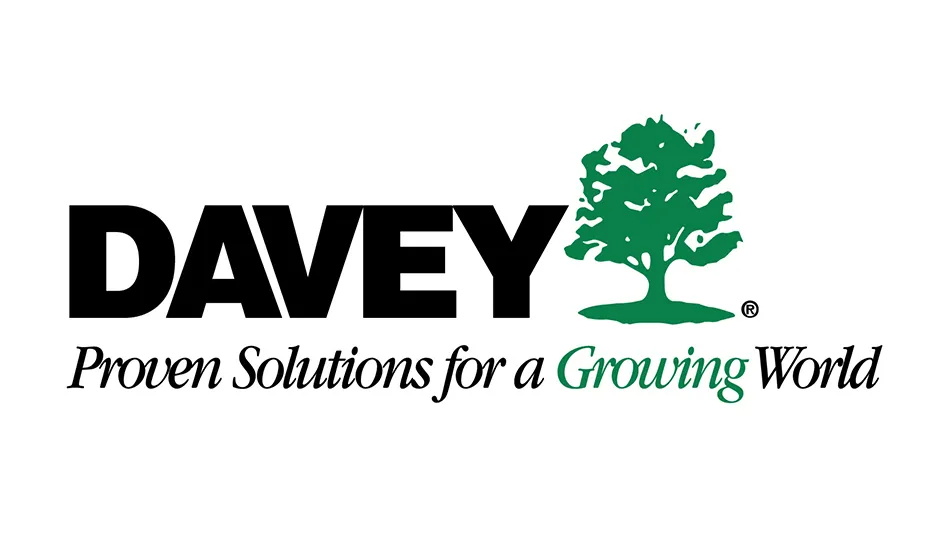
Every morning, a handful of Pro-Mow employees start their day gathered around a large, 8-foot by 4-foot dry-erase board in the office with coffees in hand. They watch as Account Manager Jared Daugherty updates the company’s numbers on a schedule board, a concept the company adopted about three years ago.
One of Pro-Mow’s partners introduced a job board concept to them in 2014, but the concept was a better fit for larger companies. However, Daugherty thought they could adapt parts of the concept to help the lawn maintenance company become more efficient. Pro-Mow achieves about $1 million in annual revenue and serves customers in east central Illinois.
The company’s owner, Scott Bierman, also thought the job board concept could be adapted if they made it more specific for landscape maintenance.
“He thought if we can make a board and have the guys see (the numbers) visually every morning as they come in, then they would have more buy-in to the company, take more ownership in their crews and routes to make sure we’re getting everything done and staying on pace with customers,” Daugherty says.
Both Bierman and Daugherty thought a schedule board could help Pro-Mow track and budget man-hours and expenses going out. Since Daugherty plays a role in Pro-Mow’s financial planning and knows all the company’s key stats for the year, Bierman let him rollout the schedule board concept.
“The schedule board is my baby,” Daugherty says. “Also, crunching numbers is a big part of my job.”
As account manager, Daugherty knows the company’s revenue goals for the year. Pro-Mow currently has about 180 work days in its landscaping season. It has seven mowing crews, three fertilizer crews, two project crews and one landscape bed maintenance crew. Crew members generally have 40 to 45 man-hours per week. With those numbers, Daugherty says all crews need to hit about $6,000 worth in revenue billable every day in order to reach the company’s year-end goal.
By having a schedule board, he says everyone can know these numbers and comprehend them through a large, visible chart.
As crew members gather to check the numbers every morning, Daugherty updates stats on overall revenue per day achieved by crews, man-hours per day, revenue per man-hours. Then, he breaks down the same numbers for each crew.
“Our goal is to meet $42 of revenue per man-hour out there to meet our revenue goal by the end of the year,” Daugherty says. “So, each crew in the morning, we have to meet that $42 per man-hour across the board.”
He color-codes the numbers, too, so crew members can know if they are meeting expectations. Green indicates a crew is above the $42 expectation, blue indicates a crew is at where they’re supposed to be in the $40-42 range and red indicates the crew needs to improve on production.
And, if a number on the board looks way too high or low, Daugherty says he knows to check for mistakes on the numbers reported. If a number looks too high, he likes to double check that quality work is being done.
“I had one crew that made $78 per man-hour one weekend,” Daugherty says. “That threw a red flag at me to do quality inspections on their properties to make sure quality was there. If it is, then that’s great and we can hold them accountable to always produce that amount of work.”
When Daugherty finishes filling in the numbers, crews go off to jobs with a more specific goal in mind thanks to the numbers shared.
Small investment, big returns.
As soon as Pro-Mow purchased a large dry-erase board to use as a schedule board, Daugherty took it home with him over a weekend to customize it. He spent one day in his garage, using an automotive pinstriping machine to make permanent rows and columns on the board. That way, he says he wouldn’t have to draw the rows and columns in on the board and it also made the board look neater.
After the weekend, Daugherty brought the finished schedule board into the office and placed it right by the time cards, so workers pass by the board every day. Daugherty says workers can take a quick glance at the board to gauge whether their crews are doing well or need improvement based on the color-coded system. For management, he says the board has helped better track man-hours and revenue.
Overall, the board only cost $150 and the pinstriping cost $25.
“So for $200 or less you can get a schedule board up and running,” Daugherty says.
Pro-Mow introduced its schedule board mid-season in 2015. After using it for about a year, Daugherty says it helped make 2016 the company’s best year to date. “Profits (in 2015), I think at the end of the year we had about $60,000 profitable,” he says. “Then, 2016, we produced I think around $130,000 (in profits) that year. The schedule board paid for itself easily.”
.jpg)
Buy-in from crews.
Before Pro-Mow added a schedule board, crew members seldom had a vested interest in the company. Daugherty says most employees had a clock in, clock out mentality: they would do the work but weren’t paying much attention to wasted time on the job with things like gas station stops or breaks in the truck.
When Daugherty introduced the schedule board concept mid-summer in 2015, some crew members questioned the concept.
“There wasn’t really pushback,” Daugherty says. “But they inquired a lot, things like, ‘why are we doing this?’ or ‘we’ve never done it like this before in the 20 years Pro-Mow has existed.’”
So, Daugherty would sit down with employees who had questions to explain the value of all the numbers on the board.
“I would tell them, ‘This is how we try to get better and be more profitable,’” he says. “They know if we’re profitable, they get more buy in.”
Once the company got into a steady flow of checking the schedule board each morning with crew figures and each week with overall revenue figures, more employees grew fond of it.
Also, around the same time Pro-Mow initiated its schedule board, Daugherty says the company began to offer a profit-sharing bonus to crew members as another way to give employees more of a tie to the business. If Pro-Mow has a profitable year, the company shares 10 percent of its annual profit among individuals. However, if Pro-Mow doesn’t have a good year, he says their bonuses reflect that.
“Many factors go into having a profitable year such as training, repair cost, property damage, rainfall totals,” Daugherty says.
Overall, the schedule board has helped to give crew members more buy-in to the company. It shows each employee why and how their work matters to the company’s end-of-year revenue.
“I would say the biggest benefit of the board has to be the buy-in from our employees,” Daugherty says. “It’s just holding guys accountable for work every day that they go out. They need to produce such and such for the company to be profitable, have a good year and get new equipment – to give out pay raises and for everybody to have nice bonuses around Christmas. That’s the incentive to push forward every day.”





